#Conrad Gessner
Text
For #GuineaPigAppreciationDay, the two earliest examples I've found of guinea pigs in the European visual record:
1. Painting attributed to Giovanni da Udine, n.d., artist active early 1500s to death in 1564
2. Drawing from the Felix Platter album, collected sometime between 1546-54

Attributed to Giovanni da Udine (Italian, 1487–1564)
Head of a Guinea Pig
oil on canvas laid on panel
6.5 x 7 in. (16.5 x 17.8 cm.)
From Duke's Fine Art Auction catalog, 11th April 2013, Lot 215

Drawing collected by Felix Platter, to be used in Gessner's Historiae animalium. The drawings were made by several artists, mostly anonymous, and were collected between 1546 and 1558 (this one must date to no later than 1554 as it served as a reference for Gessner's woodcut published that year). Bijzondere collectie Universiteit van Amsterdam collection.
#Guinea Pig Appreciation Day#guinea pig#cavy#cavies#European art#early modern European art#painting#oil painting#watercolor#illustration#historical sciart#scientific illustration#zoological illustration#natural history art#Felix Platter#Conrad Gessner#Historia animalium#16th century art#animal holiday#animals in art#Bijzondere collectie Universiteit van Amsterdam#auction#private collection
1K notes
·
View notes
Text
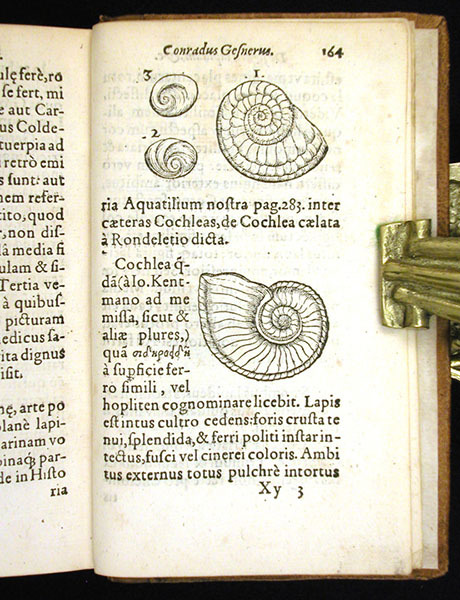
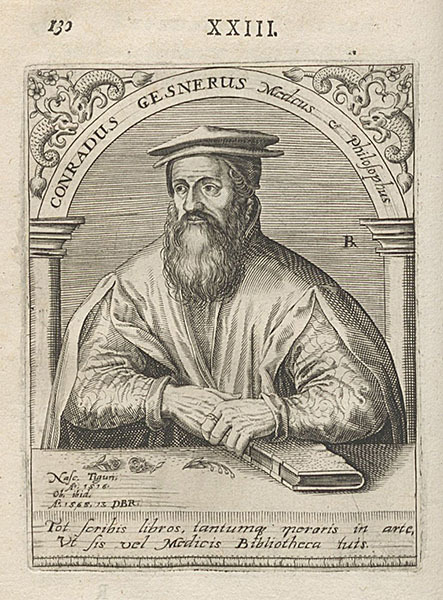


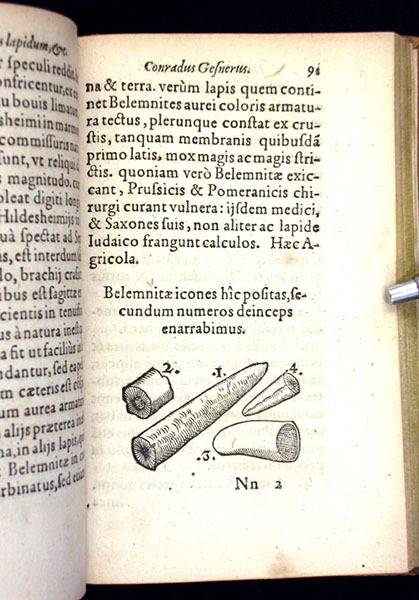
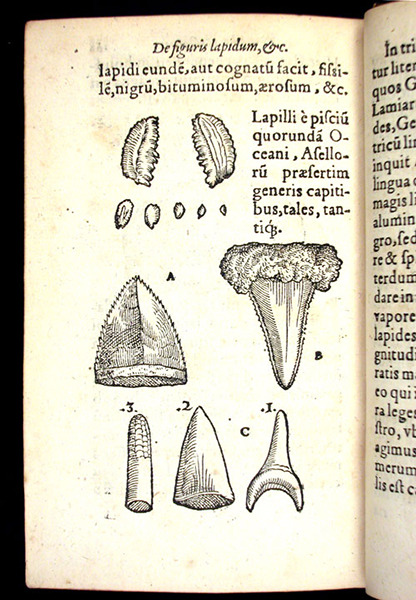
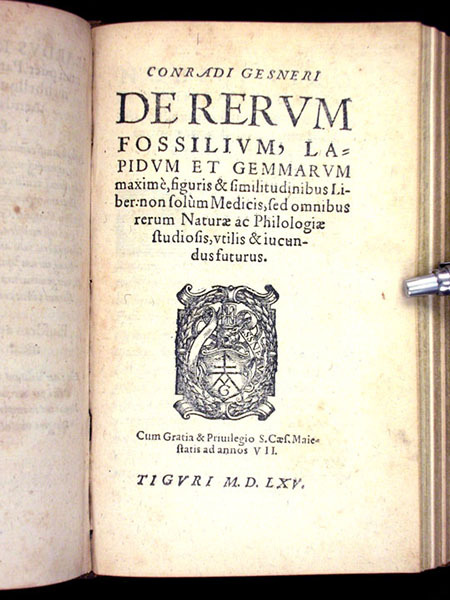
Conrad Gessner – Scientist of the Day
Conrad Gesner, a Swiss naturalist, was born Mar. 26, 1516.
read more...
#Conrad Gessner#Gesner#fossils#paleontology#histsci#histSTM#16th century#history of science#Ashworth#Scientist of the Day
48 notes
·
View notes
Photo

From “Sententiae” c. 1555
#hermetica#johannes Stobaeus#lyon#Giuseppe lordi#conrad Gessner#mysticism#engraving#illustration#gryphon#ex libris mythicus
0 notes
Photo

Bird of paradise by Conrad Gessner (ca. 1551). Because they'd seen only their skins, with wings + legs removed, C16th European naturalists thought them angelic beings, unable to land, effortlessly suspended by their haloes of plumes: https://publicdomainreview.org/essay/fallen-angels-birds-of-paradise-in-early-modern-europe
52 notes
·
View notes
Text
AUOUHHH AHG TODAYS EP WAS SOOOOO GOOD.
Please please please pretty please can someone get me a good quality pic of the map it’s accurate to the one in the world bible and includes the Conrad Gessner mermaid and I’m the kinda Laios-ass nerd that knows abt that stuff so um PLEAAAASE
14 notes
·
View notes
Text

Conrad Gessner (1516-65) - Le lièvre/The hare in Historia animalium, 5 vols 1551, 1558 and 1587.
© Musée de la Chasse et de la Nature, Fondation François Sommer, Paris
10 notes
·
View notes
Photo
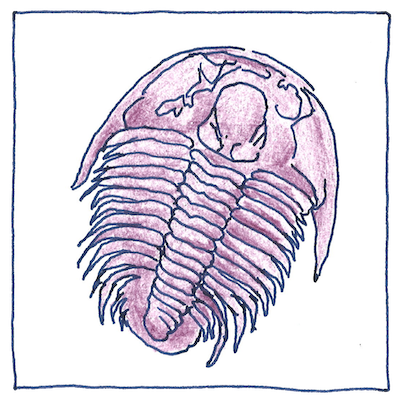
In 1565, Conrad Gessner published the first catalog of fossils with a scheme for categorizing them (based on their shapes). Poetry by Tom Sharp.
27 notes
·
View notes
Note
I don't want to b controversial or any thing but do you think we will see adhd or some thing similar to that develop in nearly all of us as we grow up with social media? Our attention spans are now shorter and theres a ton of content constantly competing for our attention. Social media has endless scrolling and now leans into short form content to keep us all engaged and seeking the next dopamine hit. You hear a lot how kids are getting hooked to their ipads from a young age. We're engaged 24 7
No worries! This is a really interesting question and I'm excited to dig into it.
Like I was saying in this post, if you want to be pedantic, the answer is no to the idea that more people will develop ADHD as a result of digital technologies. Despite its name, ADHD is characterized by more than just a deficit in attention. People with ADHD have difficulty regulating their attention- this means that sometimes, they can be overly focused on something unimportant, and other times, they can struggle to pay attention to things that are important. They also struggle with things like task paralysis (being able to actually initiate a task), chronic forgetfulness in all areas of life, being easily sidetracked when in the middle of doing something, difficulty switching between tasks, difficulty paying attention to details, physical hyperactivity or restlessness, racing or cluttered thoughts, difficulty with impulse control, difficulty following instructions, etc.
ADHD is also something that people typically develop in early childhood. It's usually caused by a number of factors that are present from birth, such as genetics, low birth weight, premature birth, and certain infections during pregnancy. It's also thought that the likelihood of developing ADHD can be influenced by events in early childhood, such as a traumatic brain injury in early childhood or extreme neglect, abuse, and/or social deprivation, although this is rarer. Symptoms must be present before the age of 12 in order for a person to be diagnosed with ADHD.
That said, there is a discussion to be had about how digital technology impacts neurological development, particularly in children. This is a complicated issue because there are a lot of factors that influence the outcome: how old the child was when they first started using digital technology, the amount of time they're spending on digital devices, the activities they're engaging with on the digital device, and the other things they're being exposed to in the physical world.
There's also a conversation to be had about what we've gained from digital technologies, which I feel like often gets left out in favor of "technology = bad". It's important to know that regardless of what the technology is, people will always have a moral panic about it. In the 4th century BC, Socrates was worried about writing things down because it would make people's memories worse: "This discovery of yours will create forgetfulness in the learners’ souls, because they will not use their memories; they will trust to the external written characters and not remember of themselves." In the 16th century CE, Conrad Gessner was opposed to the printing press because he was afraid the public would suffer information overload due to a, “confusing and harmful abundance of books.” In 1936, there were concerns about the adoption of radio because, “[children] have developed the habit of dividing attention between the humdrum preparation of their school assignments and the compelling excitement of the loudspeaker. At night the children often lie awake in bed restless and fearful, or wake up screaming as a result of nightmares brought on by mystery stories.” Sound familiar? That exact same thing has been said about TV and video games and the internet and social media, and a few years ago I saw this same panic spread to virtual reality headsets. I bring this up just to illustrate that digital technologies are a tool, like writing systems or the printing press or the radio. The things that those tools have contributed to humanity vastly outweigh any concerns people had about diminished memory capacity or information overload or divided attention. This isn't to say that there aren't legitimate concerns about the impact of digital technologies- there absolutely are, and we'll discuss them in a minute- but more to say that humans are dynamic and capable of adapting, even when people are adamant that we won't be able to.
Kids and Screen Time: What do we Know?
TL:DR (not me giving a TL:DR in a lecture about attention spans 💀):
There’s not a lot of good data yet.
Current guidelines recommend no screen time at all for children until 2 years old, since toddlers struggle to learn from screen-based media. In this age group, screens are correlated with poorer performance on screening tests for behavioral, cognitive and social development at 3 years old.
Current guidelines recommend an hour or less of screen time per day for kids age 2-5. Kids this age can benefit from educational screen-based content.
8- to 11-year-olds who spent more than 2 hours a day on a screen scored lower on cognitive assessments than their peers who did not.
In teenagers, there have been links between screen time and obesity and screen time and depressive symptoms.
So, then, what do we actually know about the impact that screen-based technologies are having on the neurological development of people under the age of 12? Not a ton, just because technology moves so quickly now and there aren’t many strong longitudinal studies on this topic yet. It’s important to remember that the first iPhone came out in 2007, the same year that Netflix started streaming services. 2013 was the first year that the majority of US adults had a smartphone. That means that the first cohort that really grew up with screens is only 9 years old now. So there’s still a lot we don’t know, especially since the pandemic has interrupted those kids’ neurological development, meaning that it’s hard to determine if changes in attention are the result of screen time, the pandemic, or something else entirely.
We do have some guidelines about how much screen time is considered acceptable. The American Academy of Pediatrics and World Health Organization recommend no screen time at all for children until 2 years old (except for video chatting) and an hour or less of screen time per day for kids age 2-5.
One longitudinal study from the University of Calgary found that increased time per week spent on screens at ages 24 months and 36 months were linked to poorer performance on screening tests for behavioral, cognitive and social development at 36 months. Other studies suggest that toddlers under the age of 3 struggle to learn from screen-based media (including toddler-focused content like “Baby Einstein”), and that children are receiving less face-to-face interactions as a result of being placed in front of a screen, meaning that they’re receiving fewer opportunities to learn.
3-5 year olds can benefit from screen-based educational content, as one might expect. Educational shows like “Sesame Street” and “Super Why!” can help kids in this age group build pre-reading skills like letter recognition and letter sounds. This is especially true for children who come from low socioeconomic backgrounds. Shows targeted towards this age group can also help to build emotion recognition, empathy and self-efficacy skills, especially if a parent is watching the show with them and discussing the show’s content with them.
Among 8- to 11-year-olds, correlational studies have shown that those who spent more than 2 hours on screens per day scored lower on cognitive assessments than their peers who did not, although the causal method here is unclear. It could be that kids who already score lower on cognitive assessments are more drawn to screens, or that kids who use screens more frequently are also getting less sleep or less exercise. The type of screen-based content kids are consuming also isn’t being considered in these studies; 2 hours of playing an educational video game or reading Wikipedia articles is treated the same as 2 hours of scrolling on TikTok or reading through incel forums.
In teenagers, researchers have found links between screen time and obesity and screen time and depressive symptoms, although again, the causal method here is unclear and these studies aren’t being nuanced when it comes to what kind of activities are being done on the screens. It may be that teenagers who are overweight or depressed are more drawn to screen-based activities than offline ones, or that teenagers who engage in screen-based activities aren’t spending time playing sports or exercising (which can protect against depression and decrease the likelihood of obesity). There is also some weak evidence to suggest that screen time is linked to problems such as behavior issues, anxiety, and low feelings of well-being and self-esteem. Interestingly, one study from the Institute of Social and Preventive Medicine in Lausanne found that both teenagers who did not use social media and teenagers that used social media excessively were less emotionally and physically healthy than their peers who used social media moderately. In this age group, it’s generally accepted that balance is key.
Screen Time and Attention
Getting to the actual question you asked (sorry! There’s a lot to say), some studies do find links between screen time and lessened attention. This longitudinal study that looked at data from the Canadian Healthy Infant Longitudinal Development (CHILD) study found that 5 year olds who had more than two-hours of screen time a day were 5.9 times more likely to report clinically significant inattention problems than 5 year olds who had 30 minutes of screen time a day, and children with more than 2-hours of screen-time/day had a 7·7-fold increased risk of meeting criteria for ADHD. But it’s unclear whether the screen time is causing the ADHD symptoms or whether children with existing ADHD are more likely to engage with screens for longer periods of time (because they struggle to switch tasks, because they’re “difficult” and their parents don’t want to deal with them, etc.). However, this was actually one of the few robust studies I could find on this topic, so I would say the jury is still out on any causal mechanisms here.
Some Final Thoughts
Ultimately, to me it seems like the biggest impact of screen-time is that kids are spending time on screens instead of doing other things. For kids under the age of 2, they’re spending time on screens instead of spending time interacting with people, which means that they’re not learning as much as they would have otherwise. For pre-teens and teenagers, they’re spending time on screens instead of spending time socializing with their families or friends, sleeping, reading, going outside, playing sports or engaging in physical activity, or building hobbies. To me, it seems like the screens themselves aren’t the issue; it’s more the lack of other developmentally-necessary activities that are causing the problem.
There also needs to be more research that digs into different types of screen-based media and its impacts, as well as different types of content that young people are interacting with. Active engagement with a screen, such as writing research essays online like I’m doing now or playing a puzzle game, seem like they would have a very different relationship to attention and well-being than passively watching a TV show that’s not intellectually challenging or scrolling through meme videos on TikTok. Screen-based entertainment that encourages community-building and friendship seem like they would have a different emotional impact from online spaces that are designed to amplify negativity. Even within video games, certain games can improve attention, reaction time, and cognition, while others decrease it. It’s a more nuanced issue than “screens bad” or “screens good”. Screens are a tool, and what matters is what we do with that tool and how we curate our experience with it.
It’s also important what we do with the rest of our lives. Increasingly, screens have replaced other forms of activities. Instead of seeing friends in person, we might text them. Instead of playing sports, we might play video games, and instead of walking in nature, we might put on a calming video of rain sounds. More than anything, this is where I think screens can become a problem. We still need 7-9 hours of sleep a night, 6 hours of socializing face-to-face a day, 30 minutes of exercise and 30 minutes spent outside a day. Screens can’t replace that. We also need to find time for mindfulness or meditation and gratitude in our days; screens can help with that, if we’re using them correctly.
3 notes
·
View notes
Video
Japon, L'île d'Hokkaido par Olivier Boyer
Via Flickr :
Le Shima Enaga,_DSC25688_Montage _08 La mésange à longue queue était anciennement appelée « tupinet1 » ou « orite2 ». Le naturaliste Conrad Gessner la surnommait affectueusement « queue de poêle »3. Les Aegithalidae n'étant pas directement apparentés aux Paridae, les mésanges « vraies », il a été proposé de ressusciter certains de ces vieux noms pour désigner les espèces de la famille. Ce changement de nom de l'espèce est notamment proposé par Normand David et David Gosselin, ornithologues amateurs québécois, anciens membres de la CINFO et proposant des listes de noms normalisés reprises sur de nombreux sites internet. L'Inventaire national du patrimoine naturel retient par exemple le nom d'« Orite à longue queue4 », alors que le mot « orite » désignait précédemment déjà à lui seul la mésange à longue queue. ------------------------------------------------------------------------------------------ The long-tailed tit was formerly called “tupinet1” or “orite2”. The naturalist Conrad Gessner affectionately nicknamed it “stovetail”3. As the Aegithalidae are not directly related to the Paridae, the "true" tits, it has been proposed to resurrect some of these old names to designate the species of the family. This change in the name of the species is notably proposed by Normand David and David Gosselin, Quebec amateur ornithologists, former members of CINFO and proposing lists of standardized names used on numerous websites. The National Inventory of Natural Heritage, for example, retains the name “Long-tailed Oritis4”, whereas the word “oritis” previously already designated the long-tailed tit by itself.
0 notes
Quote
New technology has always generated fear amongst people, even famous scholars.
In fact, Conrad Gessner (1516-1565), a famous Swiss physician was against the PRINTING PRESS.
At the time, there were 10,000 book titles published by the printing press.
This shocked and worried Gessner as he believed that ordinary people could not handle so much knowledge.
He demanded European countries to enforce a law that regulates the sale and distribution of books to ordinary people.
New technology has and always will create fear.
(1) Dr Ahmed Zaidi on X: "@lexfridman @ylecun @PessimistsArc New technology has always generated fear amongst people, even famous scholars. In fact, Conrad Gessner (1516-1565), a famous Swiss physician was against the PRINTING PRESS. At the time, there were 10,000 book titles published by the printing press. This shocked and worried… https://t.co/C0Itd1NEWt" / X
0 notes
Text
Happy #NationalUnicornDay!

De Monocerote (The Unicorn), from Conrad Gessner's Historiae animalium, 1551.
#unicorn#National Unicorn Day#animal holiday#mythical creatures#Conrad Gessner#Historiae Animalium#book plate#book illustration#lithograph#natural history art#scientific illustration#sciart#zoological illustration#history of zoology#history of science#European art#16th century art#animals in art
306 notes
·
View notes
Text







Pierre Belon – Scientist of the Day
When I wrote a post on Conrad Gessner two days ago, I was surprised when I tried to add a link to Gesner's worthy contemporary, Pierre Belon, and found that we have never published a post on Belon.
read more...
#Pierre Belon#natural history#zoology#histsci#histSTM#16th century#history of science#Ashworth#Scientist of the Day
37 notes
·
View notes
Text
Wolfgang Skischally: Die Radiästhesie war bereits in der Antike bekannt
Die lange Geschichte der Radiästhesie ist für viele Menschen unbekannt
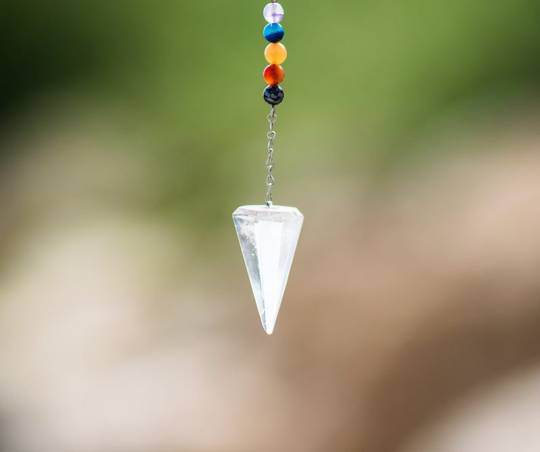
Wenn es darum geht, mit einer Wünschelrute nach Wasseradern oder Erdstrahlen zu suchen, dann stößt man bei vielen Menschen auf Skepsis. Jedoch ist diese Methode bereits seit vielen Jahrhunderten im Einsatz und hat sich bewährt. Häufig wird sie jedoch abgelehnt und als nicht vertrauenswürdig angesehen, obwohl das Gegenteil der Fall ist.
Wolfgang Skischally betrachtet die Radiästhesie als ein Instrument, das Zugang zu nicht sichtbaren Energien und Informationen ermöglicht. Die moderne Technik und Infrastruktur produzieren nicht nur Elektrosmog, sondern es gibt auch geopathologische Störfelder, die sich auf die Gesundheit auswirken können. Dabei spielen verschiedene Energien wie Wasseradern, Erdstrahlen und andere Faktoren eine Rolle. Der Einsatz von Radiästhesie bietet eine Möglichkeit, diese Einflüsse aufzudecken und zu identifizieren.
WOLFGANG SKISCHALLY FÜHRT BEISPIELE AUS DER GESCHICHTE DER RADIÄSTHESIE AN
SanoFit Elektrosmog Untersuchungen haben gezeigt, dass nicht nur elektrische Geräte und Stromleitungen Kopfschmerzen und weitere Symptome auslösen können. Radiästhesie kann auch dazu genutzt werden, natürliche Energien aufzuspüren, die für sensitive Menschen gesundheitliche Auswirkungen mit sich bringen. Obwohl diese Methode nicht wissenschaftlich anerkannt ist, hat sie sich seit Jahrhunderten als bewährtes Hilfsmittel etabliert.
SanoFit Widnau verschafft einen kurzen Überblick über die lange Geschichte der Radiästhesie:
· Felsenbilder in der nördlichen Sahara, die auf 6000 v. Chr. datiert wurden, zeigen Wünschelruten und Pendel.
· Im Tal der Könige in Ägypten gibt es Bilder und Skulpturen, die Priester mit Gabelzweigen darstellen. Auch wurden dort Pendel als Totenbeigabe gefunden.
· Die Radiästhesie hatte auch im alten China ihren Platz. Es gab einen Erlass, dass sie vor dem Bau eines Hauses zum Einsatz kommen musste.
· Ein Relief aus der Türkei, das im Jahr 2000 v. Chr. entstand, zeigt einen Rutengänger.
· Auch in der heimischen Literatur ist die Radiästhesie vertreten. Gottfried von Straßburg erwähnt sie im Jahr 1210 und Wolfram von Eschenbach im Jahr 1250 in Parzival. Die Wünschelrute wird auch mehrmals im Nibelungenlied genannt.
· Der Benediktinermönch Basilius Valentius erwähnte die Radiästhesie in seinem Testament im Jahr 1490.
· Während des 30-jährigen Krieges von 1618 bis 1648 wurden Rutengänger zum Aufspüren von Schätzen eingesetzt.
· Der deutsche Arzt und Naturforscher Johann Wolfgang von Goethe setzte die Radiästhesie für seine geologischen Studien ein. Er benutzte eine Wünschelrute, um Wasseradern, Erz- und Mineralvorkommen aufzuspüren.
· Auch der deutsche Physiker und Nobelpreisträger Wilhelm Conrad Röntgen (1845–1923) war ein Anhänger der Radiästhesie und nutzte die Wünschelrute für seine Forschungen. Er berichtete, dass er durch den Einsatz einer Wünschelrute in der Lage war, Untergrundströme und geologische Formationen aufzufinden.
· Weitere historische Persönlichkeiten, die die Radiästhesie praktizierten oder sich dafür interessierten, sind der österreichische Arzt und Mystiker Paracelsus (1493–1541), der schweizerische Naturforscher Conrad Gessner (1516–1565) und der französische Schriftsteller Victor Hugo (1802–1885).
· Während des Ersten Weltkrieges war die Radiästhesie auch verbreitet, allerdings nutzte man sie damals vorrangig, um Wasserquellen, Höhlen und Blindgänger zu finden.
RADIÄSTHESIE UND GESUNDHEITLICHE ZUSAMMENHÄNGE
Die Radiästhesie wird nicht nur zur Erkennung von geopathogenen Störfeldern eingesetzt, sondern auch von manchen als Werkzeug zur Erkennung und Heilung von Krankheiten genutzt. Allerdings wird dieser Bereich oft als Pseudowissenschaft betrachtet, da mittels Radiästhesie sogenannte Energiemedizin betrieben wird.
Für SanoFit ist vor allem der Bereich der Überprüfung von gesundheitsschädlichen Strahlungen von Bedeutung. Hierbei können geopathische Felder oder elektromagnetische Strahlungen Auswirkungen auf die Gesundheit des Menschen haben. Dies ist besonders wichtig, wenn sich der Schlafbereich in einer Umgebung mit erhöhten Elektrosmogwerten befindet. SanoFit Vital at home setzt sich für eine gesunde Umgebung ein.
KRITIK UND KONTROVERSEN
Die Radiästhesie stellt zweifelsohne einen umstrittenen Bereich dar, der von vielen Skeptikern und Wissenschaftlern kritisch betrachtet wird. Trotz einer langen Geschichte und zahlreicher Anhänger gilt sie als Pseudowissenschaft ohne hinreichende wissenschaftliche Grundlage. Zwar gibt es einige wissenschaftliche Studien, die sich mit der dem Thema beschäftigen, jedoch sind ihre Ergebnisse häufig umstritten und die Wirksamkeit nicht nachgewiesen. Einige Kritiker argumentieren sogar, dass die Radiästhesie lediglich auf einem Placebo-Effekt beruht, der an den Glauben des Praktizierenden geknüpft ist, und nicht auf tatsächlichen Messungen. Obwohl es sich um ein umstrittenes Thema handelt, ist es für SanoFit Widnau eine etablierte und durch Erfahrung funktionierende Methode, um geologische Besonderheiten aufzuspüren.
WEITERE FORSCHUNGEN SIND WICHTIG
Die Radiästhesie ist ein faszinierendes Thema für viele Menschen, einschließlich Wolfgang Skischally. Es gibt einige Forschungsergebnisse, die darauf hindeuten, dass die Radiästhesie möglicherweise einen Einfluss auf physikalische und biologische Systeme haben kann oder sie zumindest aufdecken kann. Andere sind jedoch der Meinung, dass der Bereich keine wissenschaftliche Grundlage hat und dass andere Faktoren zu den Ergebnissen führen. Trotzdem nutzen immer mehr Menschen die Radiästhesie als hilfreiches Werkzeug in verschiedenen Bereichen. Die Durchführung weiterer Forschungen mit aussagekräftigen Ergebnissen wäre jedoch wünschenswert.
1 note
·
View note
Photo
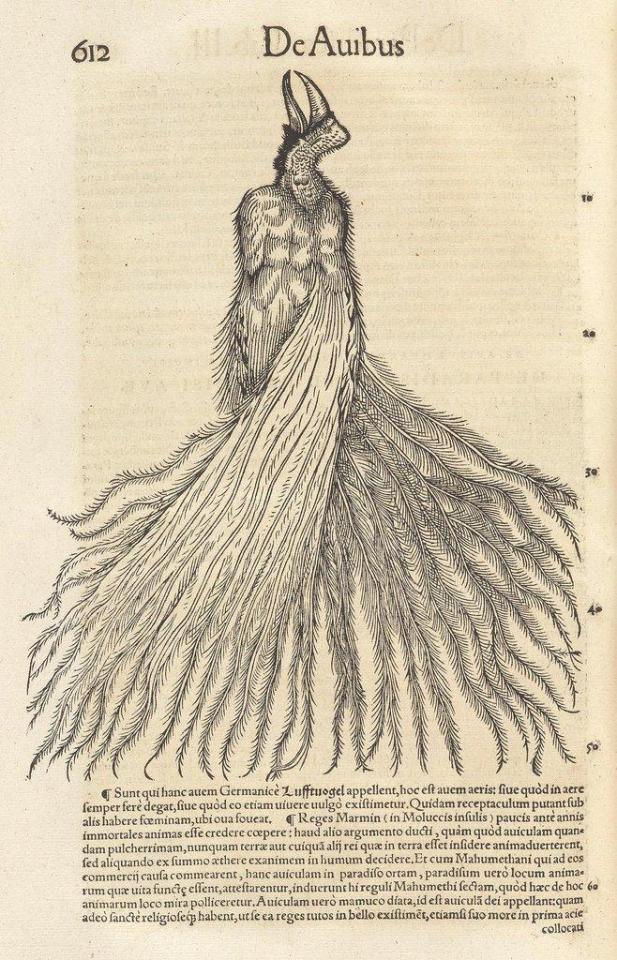
Bird of paradise by Conrad Gessner (ca. 1551). Because they'd seen only their skins, with wings + legs removed, C16th European naturalists thought them angelic beings, unable to land, effortlessly suspended by their haloes of plumes: https://publicdomainreview.org/essay/fallen-angels-birds-of-paradise-in-early-modern-europe
92 notes
·
View notes
Text
Sean and Xena vs. AI Art
Dispatch 23
“The purpose of art is washing the dust of daily life off our souls.”
Pablo Picasso
Conrad Gessner, a Zurich born naturalist, physician, and philologist wrote about the dangers of data overload in the human brain. In his book said that an overabundance of information was definitely “confusing and harmful” to a person’s mind. Here’s a scientist arguing that knowing too much can…
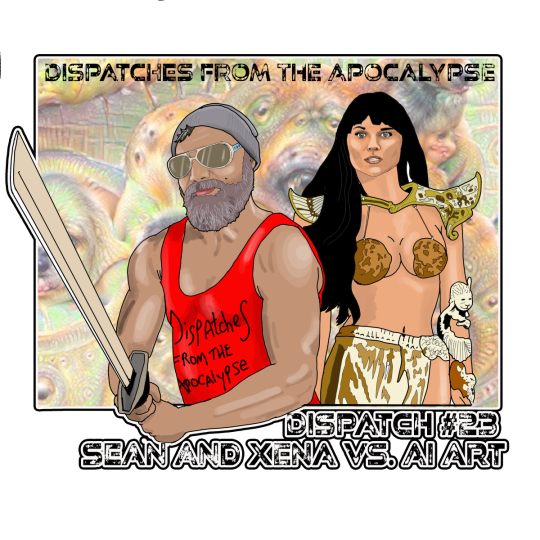
View On WordPress
0 notes
Text
ELOGIO DI GOOGLE
“… È ormai generalmente accettato che sia necessario compilare dei lunghi indici, rigorosamente in ordine alfabetico, specialmente nel caso di volumi corposi e complessi, e che tali indici siano di enorme utilità per gli studenti, secondi solo alla divina invenzione dei caratteri mobili per la stampa dei libri. [...] Credo davvero che, essendo tanto corta la vita di cui disponiamo, gli indici dei libri debbano essere considerati assolutamente necessari da coloro che siano impegnati in qualsivoglia studio…”
(Conrad Gessner, XVI secolo, citato in “indice, Storia dell’ “ di Dennis Duncan)
1 note
·
View note
